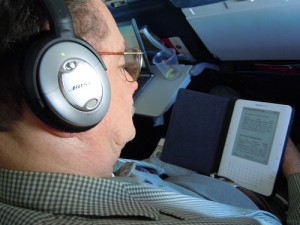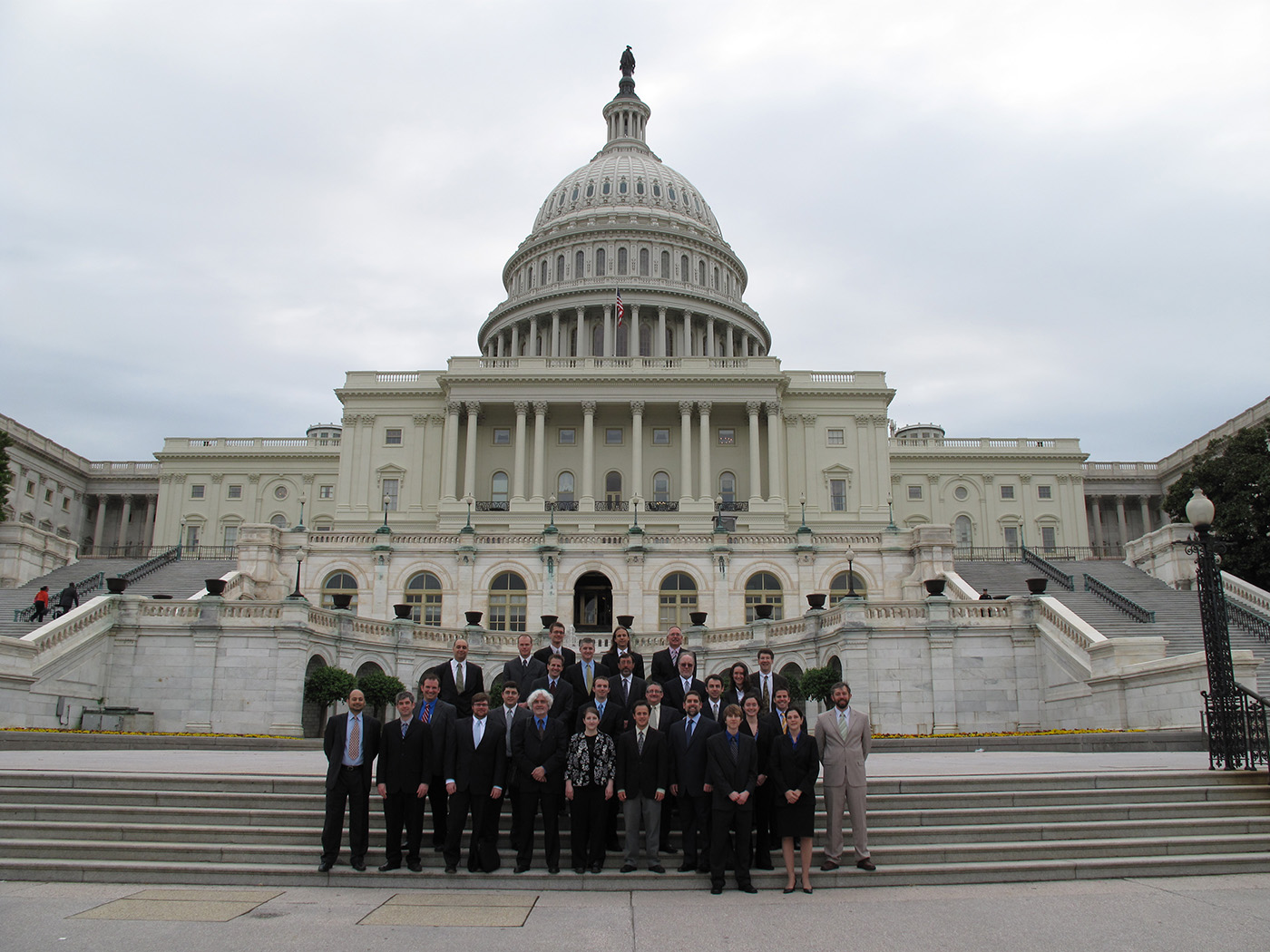
Me and a lot of my friends and family members are doing a lot of traveling during these holidays. A lot of us bring electronics with us to entertain during the tedious flights. As a scientist, I want to make the lives of flight attendants easier by being well-behaved, but I also have a strong sense from my background in physics that the rules about use of electronics during takeoff and landing cannot possibly make physical sense. Nick Bilton, lead technology writer for the New York Times, posted a short blog article on his own investigations into the FAA’s rules about these rules and the science (or lack thereof) behind them. His article is here: http://bits.blogs.nytimes.com/2011/12/25/disruptions-tests-cast-doubt-on-fcc-rules-on-kindle-and-ipad-html/, and his original column on the issue is here: http://bits.blogs.nytimes.com/2011/11/27/disruptions-fliers-must-turn-off-devices-but-its-not-clear-why/
What are some of his findings?
- The FAA, American Airlines, Boeing and other players in the airline industry gave conflicting answers to the question of why digital electronics are banned during takeoff and landing.
- The FAA admits its reasons for the ban have nothing to do with passenger attention or turbulence-related chaos.
- “The F.A.A. requires that before a plane can be approved as safe, it must be able to withstand up to 100 volts per meter of electrical interference.”
- e-Readers like the Kindle emit electric fields with strengths of less than 0.00003 V/m – far, far below the maximal tolerance of on-board electronic equipment.
- The FAA allows the following equipment to be in use during takeoff and landing: ” . . . portable voice recorders, hearing aids, heart pacemakers and electric shavers.”
- Modern voice recorders put off the same electronic emissions as a Kindle, if not more.
I like his statistics argument from his original column:
” . . . 712 million passengers flew within the United States in 2010. Let’s assume that just 1 percent of those passengers — about two people per Boeing 737, a conservative number — left a cellphone, e-reader or laptop turned on during takeoff or landing. That would mean seven million people on 11 million flights endangered the lives of their fellow passengers.
Yet, in 2010, no crashes were attributed to people using technology on a plane. None were in 2009. Or 2008, 2007 and so on. You get the point.
[1] Photo from http://www.flickr.com/photos/judybaxter/4623892503/sizes/m/in/photostream/



